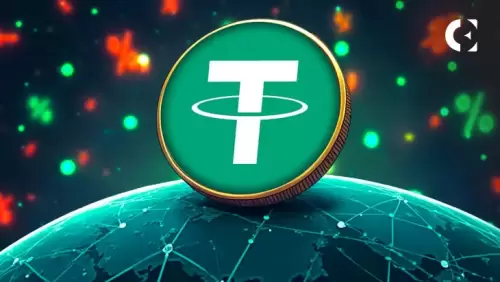Wall Street's biggest banks may create a stablecoin of their own to keep up with finance's cool kids – perhaps because simply swapping gilets for branded streetwear was too hard an ask.

output: As the dust settles on another round of layoffs and gilets are swapped for branded streetwear, it seems the biggest banks on Wall Street may create a stablecoin of their own to keep up with finance’s cool kids – perhaps because that's less difficult than quickly learning how to speak ‘밈’ (meme) in Korean.
What's going on?
Stablecoins are digital tokens that are meant to be closely tied in value to a more traditional asset, such as a fiat currency, which in theory makes them less prone to rapid price swings than “unpegged” cryptos. And they're certainly piquing the interest of Wall Street. JPMorgan (JPM), Bank of America (BAC), Citigroup (C) and Wells Fargo (WFC) are in early-stage talks to jointly issue a stablecoin, according to people familiar with the matter.
Their digital dollar would be backed by traditionally stable assets like Treasury bonds and channeled through existing payment networks. After all, banks have been the main point of contact for handling your money, including where it's stored (deposits) and how it moves (payments). But now, more crypto startups and tech giants are offering digital dollars in the form of stablecoins, which could make people less reliant on using traditional banks.
That possibility seems to be growing, especially as the US president is co-signing the shift by launching his own meme coin and a dollar-backed stablecoin. It's no surprise that big banks are adapting, as control of the financial system and a large portion of the revenue generated from it are at stake.
What does it mean?
For markets: The market for stablecoins has grown rapidly, now worth $243 billion, up from $152 billion a year ago. Not only have the coins attracted investors looking to benefit from next-generation currencies while keeping price movements in check, but they're also being used for everyday spending. For example, Visa (V) and Stripe have teamed up to allow customers in Latin America to spend digital currencies by swiping their regular plastic cards.
Moreover, you can now earn interest on these coins, with established providers like Circle and Tether typically keeping the interest payments to themselves. However, newer entrants like Mountain Protocol (issuer of USDM) and Ethena (issuer of USDe) are distributing at least a portion of the earnings to users. In their pursuit of the best return, people have already deposited over $13 billion into interest-yielding stablecoins.
Disclaimer:info@kdj.com
The information provided is not trading advice. kdj.com does not assume any responsibility for any investments made based on the information provided in this article. Cryptocurrencies are highly volatile and it is highly recommended that you invest with caution after thorough research!
If you believe that the content used on this website infringes your copyright, please contact us immediately (info@kdj.com) and we will delete it promptly.














































































